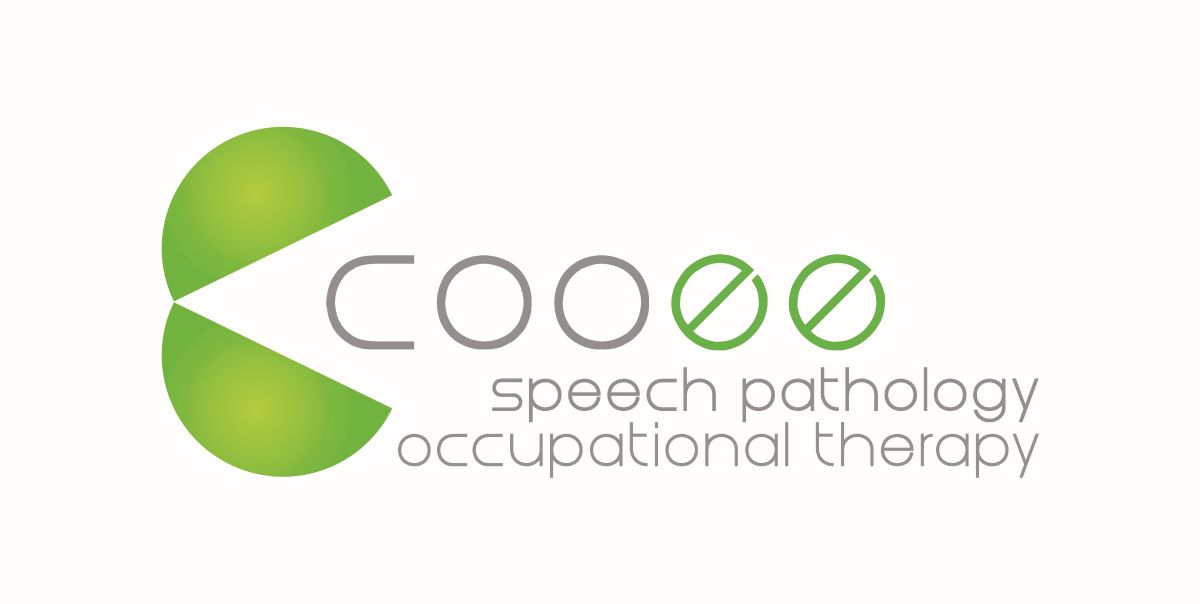What do Joint SP and OT Sessions Look Like?
My child has been offered joint Speech Pathology and Occupational Therapy sessions. What does that look like?
At Cooee, we’re a multidisciplinary practice, bringing together both Speech Pathologists and Occupational Therapists to support the families we work with. While both disciplines work within their different scopes – with our Speech Pathologists focusing on helping children communicate and our Occupational Therapists supporting children to take part in everyday activities they want or need to do – at times, a child may have similar goals or areas of focus. If this happens, your therapist might recommend a joint session with both your OT and your Speechie delivering intervention in the same session!
What are joint sessions?
Joint Speech and Occupational Therapy sessions involve one appointment time where both clinicians are working together in the therapy room with your child in the same therapy session.
There are two different ways the OT and SP can work together with your child within a session. This depends on the goals that are being targeted.
Interdisciplinary Joint Session
If OTs and SPs are working towards the same goal but from their own discipline’s perspective this is an interdisciplinary approach. This might look like a child working on engagement in a session using a DIR approach, with the Speech Pathologist focusing communication and the Occupational Therapist working on play and regulation.
Multidisciplinary Joint Session
Multidisciplinary joint sessions involve the Occupational Therapist and a Speech Pathologist working together in the same session, each focusing on their own goals and scope of practice, using different interventions. While their goals and interventions are specific to the discipline, the session activities are designed to complement each other and support the child holistically. For example, this might look like the Occupational Therapist working on motor skill development to support accessibility for using an AAC device, with the Speech Pathologist supporting multimodal communication (i.e. use of communication app like Proloquo2go on an AAC device).
A multidisciplinary approach can also happen in separate sessions where different professionals – such as an Occupational Therapist and Speech Pathologist – see the child individually (e.g. one OT session and one SP session separate from each other). This may be recommended if it is more appropriate to work on goals separately (i.e. goals can be worked on and achieved using different activities).
Joint sessions, regardless of which approach they are, are beneficial as your child’s goals are being effectively targeted and all perspectives are being considered.
What do joint sessions look like?
How joint sessions look can vary depending on the goals and your child’s individual profile and what service delivery model is being used (i.e. multidisciplinary or interdisciplinary). Both your Occupational Therapist and Speech Pathologist will be in the same room together at the same time with you and your child to provide direct therapy.
Another example of a joint multidisciplinary session would be when the OT is targeting a child’s play and social engagement whilst the SP is working with the child on their early language, using the same activities to target these goals. These two areas work really well together in a joint session as play and language are linked together as play allows for children to practice their language and social interactions. These sessions might look like lots of play-based activities with the OT modelling play sequences and the SP repeating what the child has said but with more words
Outside of these sessions, other non-direct services could involve:
-
Joint therapy planning – to ensure that the session activities target both disciplines goals appropriately
-
Case Conferences between the therapists and/or other professionals apart of the multidisciplinary team (e.g. physiotherapist, paediatrician, dietician)
-
A Multidisciplinary Management Plan to keep track of the goals the child is working towards
If you have questions regarding joint therapy sessions or would like to find out more, please don’t hesitate to speak with your therapist or call our client care team.


Written by Occupational Therapist/Discipline Lead Ashley Hannan & Speech Pathologist Molly Symonds
